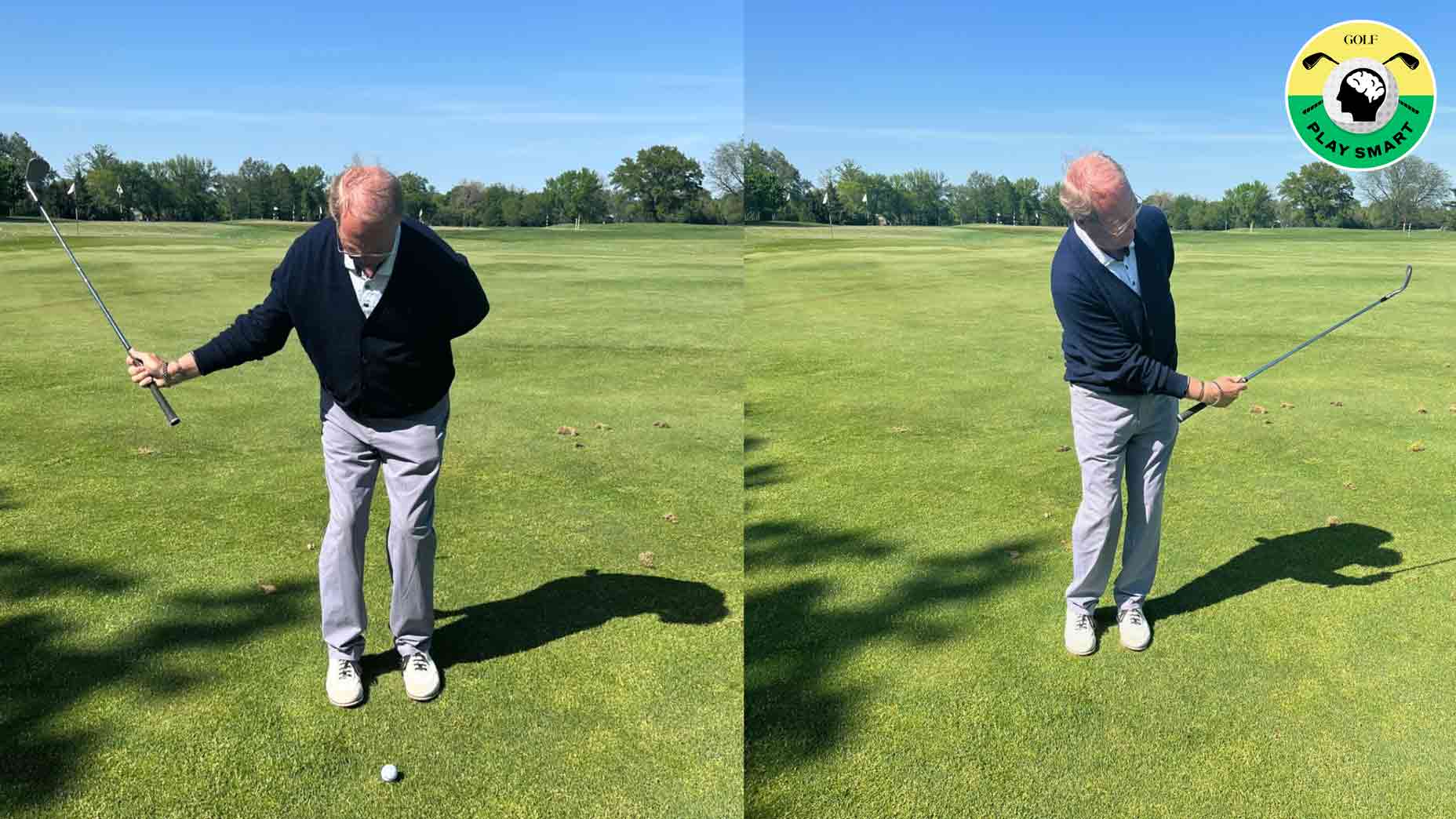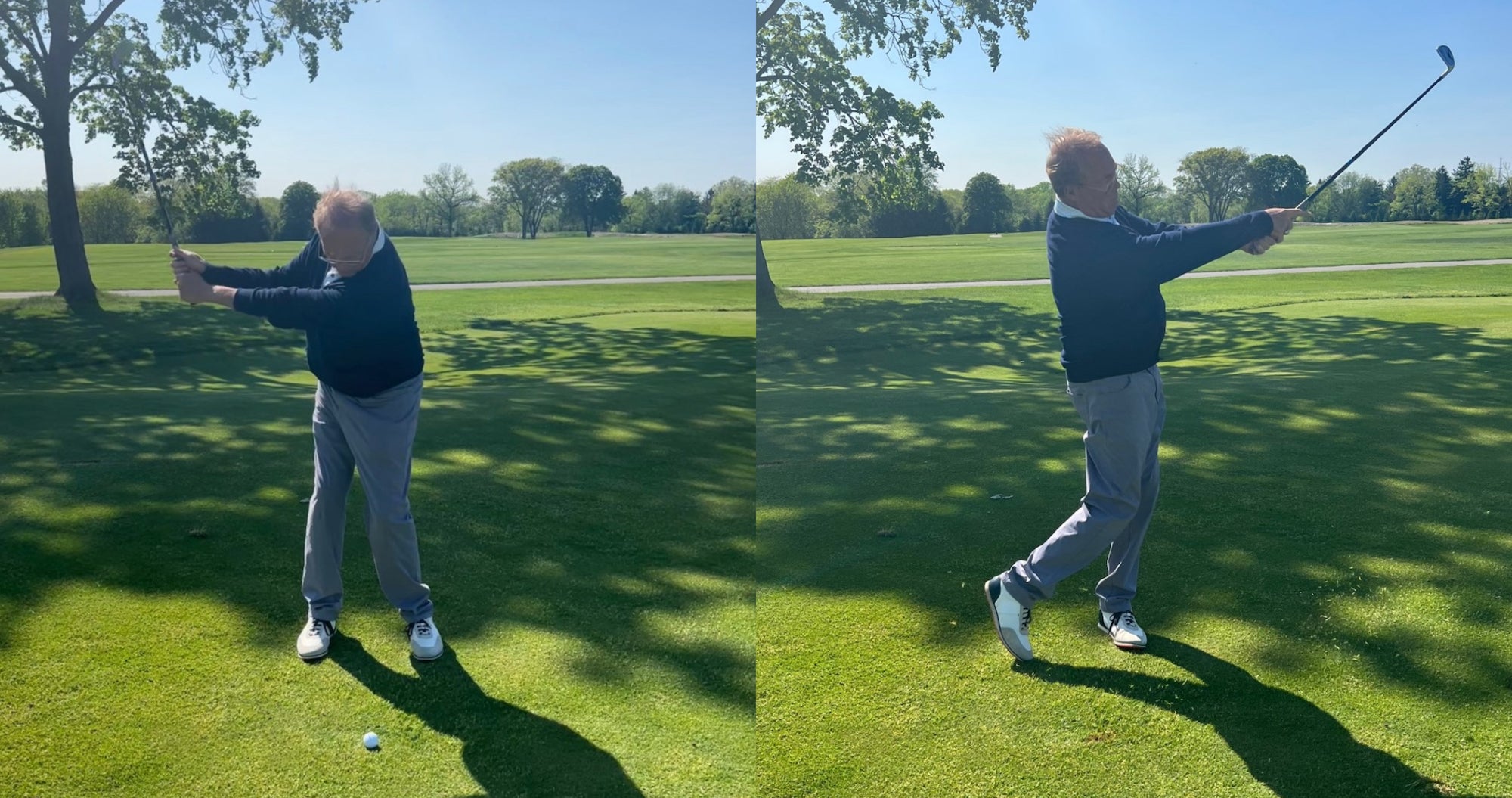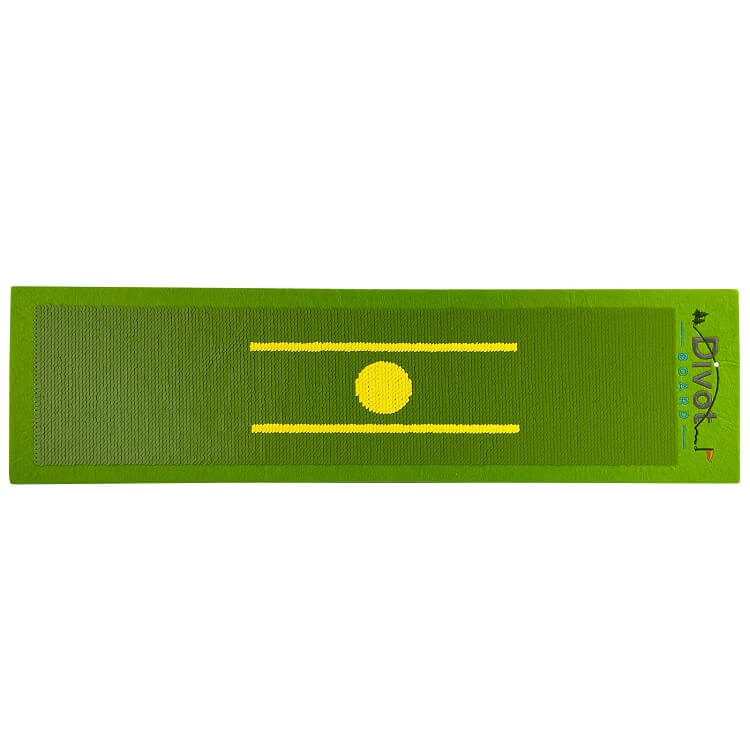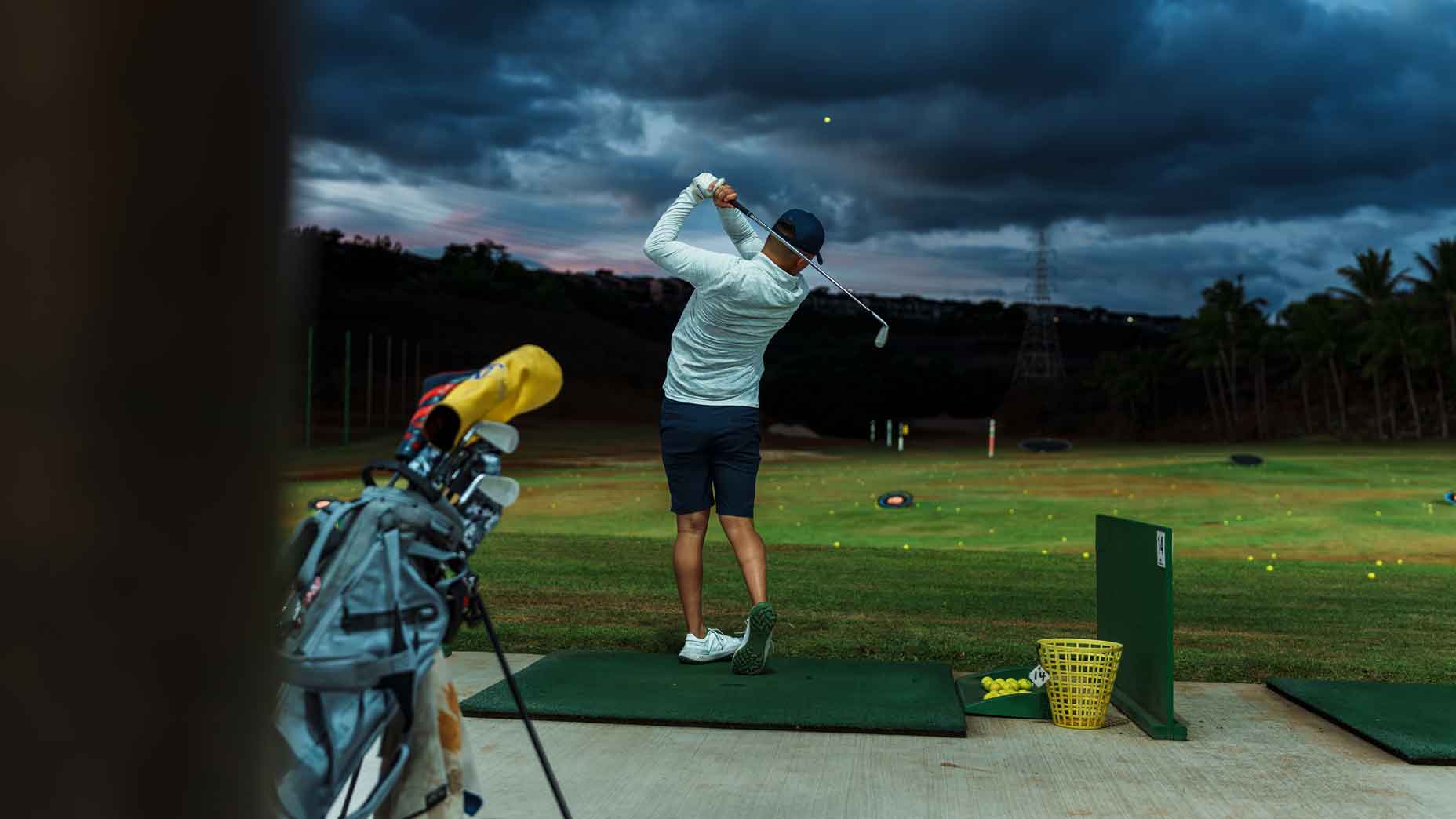3 drills to help you strike the ball more consistently
- Share on Facebook
- Share on Twitter
- Share by Email

More consistent contact means better shots - which should equal lower scores.
Getty Images
Welcome to Play Smart, a regular GOLF.com game-improvement column that will help you play smarter, better golf.
It doesn’t matter what your handicap is or how long you’ve been playing for, because one thing every golfer wonders is how to be more consistent during each round.
Look, golf is hard, and it requires lots of practice to even see the smallest improvements in your game. But if you stick with it, work on what you struggle with and improve on what you’re good at, you’ll begin to see the progress you’re looking for.
But to get there requires consistency — which isn’t always the easiest thing to accomplish.
Thankfully, for today’s Play Smart lesson, GOLF Top 100 Teacher Don Sargent Jr. shares three drills that every golfer should use to help be more consistent. Take a look below to see his tips.
According to Sargent Jr., the area that many of his students want the most improvement is learning how to strike the golf ball consistently. While there isn’t a secret recipe to achieve this, he says that drills are the best way for golfers to make changes in their game, allowing them to think differently.
For those players wondering how to be more consistent, try the three drills below.

1. Feet-together drill (full swing)
The Feet Together Drill will cure nearly every common swing flaw that the full swing produces.
When a player is hitting balls on the practice range and trying to work their way out of a slump, placing their feet two inches apart will help them hit the ball more consistently, fixing many common issues.
Things like swinging too hard, head moving, not turning the body, having poor body motion throughout the swing, bad balance and swinging over-the-top, among others, can all be fixed with this drill.

2. One-handed pitch drill (pitching)
A common issue that Sargent Jr. sees is players struggling with simple pitches from within 30 yards. The most common reason this happens to golfers? Because they’re pulling the grip into the impact area.
When this happens, it prevents the club from releasing — leading to pulling or over-lagging — which produces fat shots, thin shots, shanks and a very irregular bottom of the arc.
To help alleviate this, Sargent Jr. recommends trying the one-handed pitch drill. By doing this drill, it will help a golfer find the bottom of the arc (or bounce) of the club.
Simply swing the club with one hand and get the feel for the timing of the swing with the body motion.

3. The 9 o’clock to 3 o’clock drill
When beginning a practice session, keeping both your backswing and follow through no longer than halfway will help develop great ball-striking skills. On the follow through, make sure to stop at a length that leaves the shaft pointing directly at the target.
By incorporating these shorter swings, you’ll start to develop consistent center contact, giving you a betting understanding of clubface awareness.
When the club shaft is pointing at the target in the follow through, the toe of the iron should be pointing directly at the sky. If it’s not, the ball is more likely to go left or right off the club.
But this drill helps square the clubface for cleaner and more consistent contact.
Although these three drills are simple, they’re extremely effective. So put them into your practice routine and watch the combination of distance, squareness of strike, compression and direction skyrocket.

Lag Shot Wedge Swing Trainer

Divot Board

Blast Motion Speed Analyzer Package
Latest In Instruction

Nick Dimengo
Golf.com Editor









